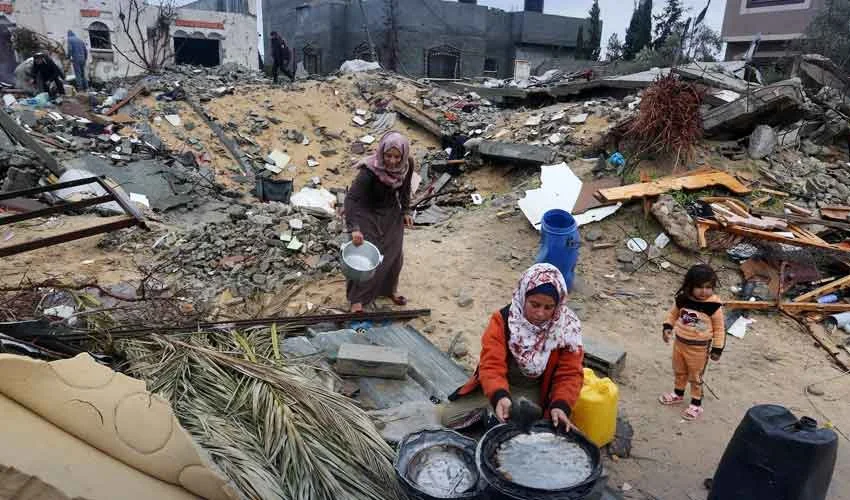Washington, DC
A new report from Brown University’s Cost of War Project reveals that Israel’s military campaign in the Gaza Strip was critically reliant on massive US financial and military aid, with Washington spending more than $21 billion to sustain the conflict.
The findings emerge as authorities in Gaza release devastating, harrowing figures detailing the human cost and destruction inflicted by months of Israeli attacks.
The Centrality of US Military Support
The Brown University report states unequivocally that Israel “could not have fought the Gaza war without US support,” highlighting Washington’s indispensable role in the scale and duration of the offensive. According to the data, the United States poured a staggering $21 billion into the effort.
The military aid was delivered through multiple channels:
- $8.12 billion in direct weapons supplies.
- $5 billion designated for critical defence systems.
- An additional $4.4 billion worth of weaponry transferred directly from American military stockpiles.
The report, produced by the Watson Institute for International and Public Affairs, immediately intensifies the global scrutiny of US foreign policy in the Middle East.
Gaza Authorities Detail Catastrophic Human Toll
Simultaneously, the Gaza administration has provided alarming statistics on the humanitarian catastrophe unfolding in the enclave. Their data indicates that 67,173 Palestinians have been killed in Israeli bombings since the war began—a figure that underscores the intensity of the violence.
The report also details the systemic targeting of medical personnel: 1,701 medical workers were killed, and another 362 were arrested by Israeli forces.
In a grim indication of the siege conditions, Gaza health officials confirm that 460 Palestinians, including 154 children, have died of hunger, directly linking resource scarcity to the death toll.
Health Infrastructure on the Brink
The relentless strikes have decimated Gaza’s healthcare system. Authorities report that 25 out of 38 hospitals have been completely destroyed, and 103 out of 157 primary healthcare centres are non-operational.
The remaining medical facilities are overwhelmed and critically under-resourced. Due to severe overcrowding, hospitals are now reportedly treating more than two patients on a single bed, a desperate measure that paints a bleak picture of a collapsing medical infrastructure struggling to cope with the sheer volume of casualties. The Cost of War Project’s findings fuel arguments that continued US military backing directly facilitated the high cost of the war, both financially and in human lives.



